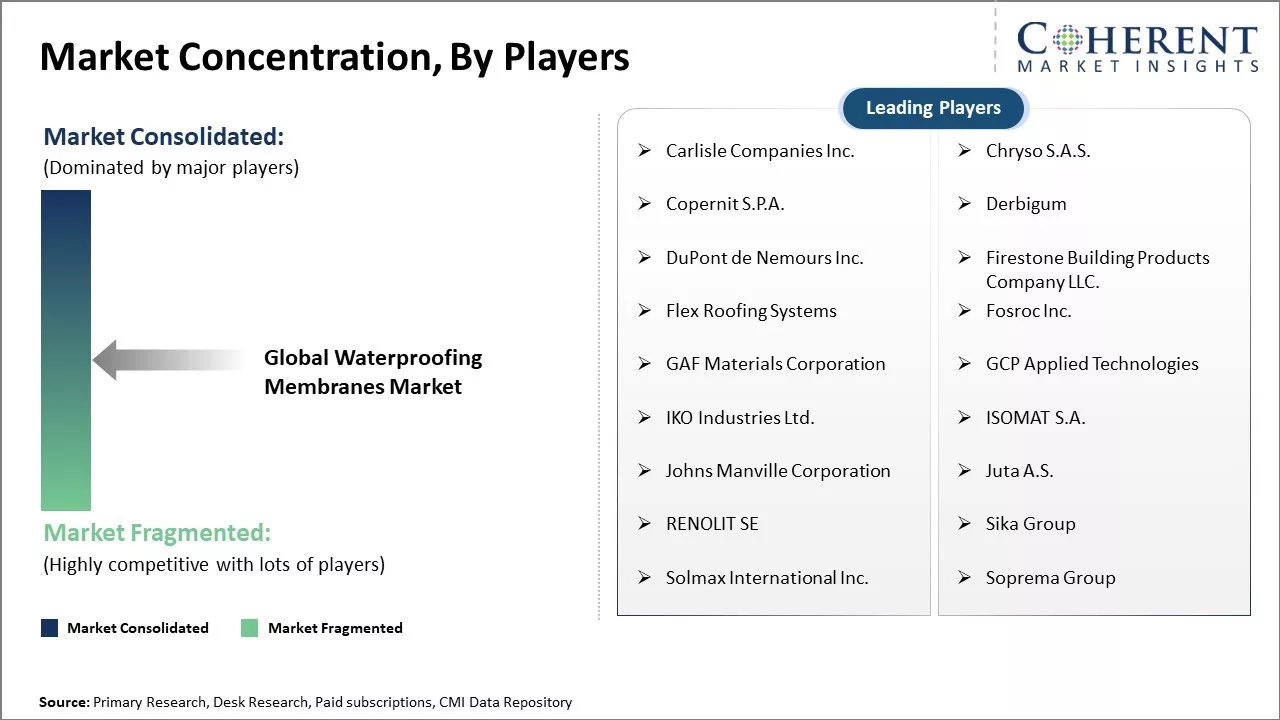
Close-monitor your Competitor's Move, Request sample copy
Stringent building codes and regulations
With growing awareness about the importance of dry construction and preventing long term issues, government authorities across countries have been formulating more stringent laws and norms regarding the waterproofing of buildings. Compliance to these codes and standards is now mandatory for obtaining necessary construction approvals and certificates. Various certification schemes like LEED also encourage use of efficient waterproofing systems for projects to get rated. This has pushed builders and contractors to give due consideration to the proper design and application of waterproofing membranes as per industry best practices and manufacturer guidelines. Third party inspection and testing is also being done regularly to ensure compliance.
Commercial and residential projects especially in wet or coastal regions have to undergo rigorous eligibility process to get necessary clearances. Simply using cheaper or substandard membranes is not acceptable anymore. Proper proof of designing, material quality, and application methodology is required. This ensures the long term performance of the membrane installed. While increasing compliance burden for contractors initially, it will help create a safe and quality built environment in the future. Overall this is proving beneficial for established waterproofing membrane brands that offer comprehensive product and application guidelines. Customers are now preferring reputed suppliers with proven track record for critical waterproofing projects.
Joining thousands of companies around the world committed to making the Excellent Business Solutions.
View All Our Clients